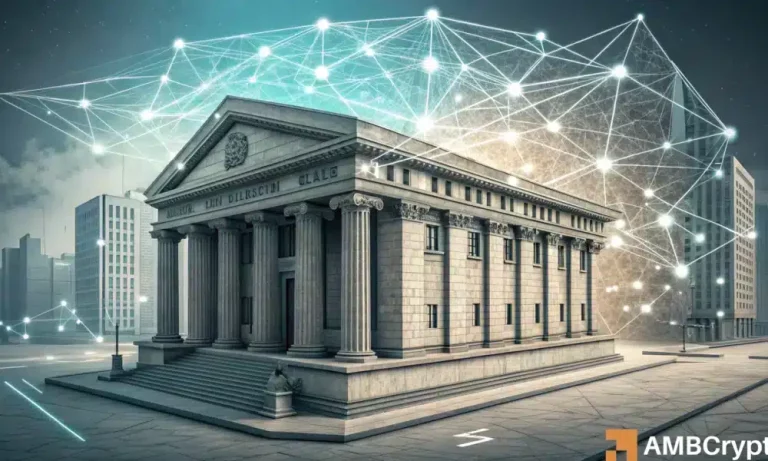
Smart Cities: Urban Trends for 2025
Introduction to Smart Cities
Smart Cities are urban areas that utilize technology and data to create a more efficient, sustainable, and livable environment for its citizens. With the increasing population and urbanization, cities are facing numerous challenges such as traffic congestion, pollution, and resource management. Smart cities aim to address these challenges by leveraging innovative technologies like IoT, AI, and data analytics.
Focus Keyword: Smart Cities
Smart Cities are at the forefront of urban development, and 2025 is expected to be a pivotal year for these innovative cities. With the integration of technology and sustainability, smart cities are poised to revolutionize the way we live, work, and interact with our environment.
Key Features of Smart Cities
- Energy-efficient infrastructure
- Smart transportation systems
- Waste management and recycling
- Public safety and security
- Green spaces and urban planning
Urban Trends for 2025
As we approach 2025, several urban trends are emerging that will shape the future of smart cities. Some of these trends include:
1. Increased Use of IoT and AI
The Internet of Things (IoT) and Artificial Intelligence (AI) will play a crucial role in smart cities. These technologies will enable real-time monitoring and management of urban infrastructure, transportation, and services.
2. Electric and Autonomous Vehicles
Electric and autonomous vehicles are expected to become more prevalent in smart cities, reducing pollution and increasing mobility for citizens.
3. Green Infrastructure and Urban Planning
Green infrastructure and urban planning will become more important in smart cities, with a focus on creating sustainable and livable environments.
4. Data-Driven Decision Making
Data analytics will be used to inform decision-making in smart cities, enabling cities to optimize resources, reduce waste, and improve services.
Conclusion
In conclusion, smart cities are at the forefront of urban development, and 2025 is expected to be a pivotal year for these innovative cities. With the integration of technology and sustainability, smart cities are poised to revolutionize the way we live, work, and interact with our environment.
What’s Next for Smart Cities?
As we look to the future, it’s clear that smart cities will continue to evolve and improve. With the rapid pace of technological innovation, we can expect to see even more exciting developments in the world of smart cities.
Additional Resources
For more information on smart cities and urban trends, please visit our resources page.
FAQs
Q: What is a smart city?
A: A smart city is an urban area that utilizes technology and data to create a more efficient, sustainable, and livable environment for its citizens.
Q: What are the benefits of smart cities?
A: The benefits of smart cities include improved public services, increased efficiency, and enhanced quality of life for citizens.




